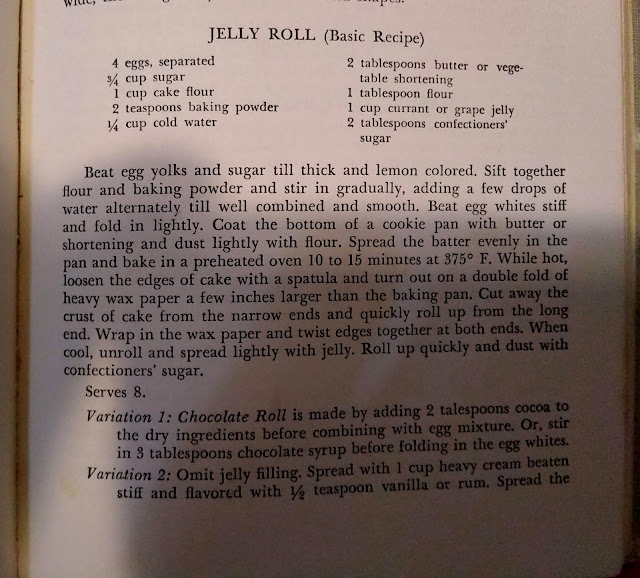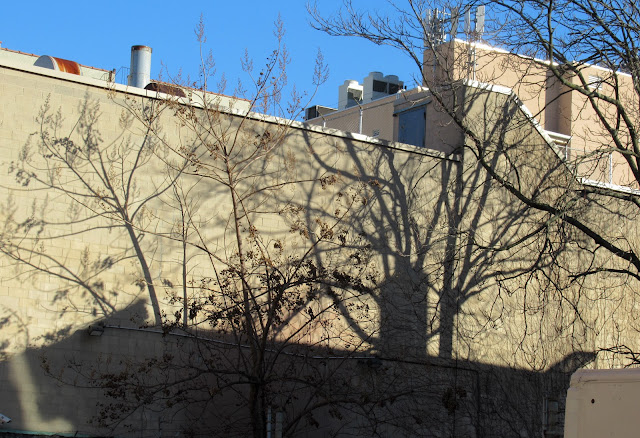Well, since you asked, our seders were lovely. The first night was just family and the second night we had both friends and family. Yes, I did get a whole lot of pleasure from seeing the people we love eat the food I had made for them.
It was a relief to get all of the food packaged and out the door in time. Although I did forget to send along kugel to one of the households we were feeding.
The lemon cakes baked in muffin tins was a hit. It always makes me feel good to hear a first bite be deemed so good that it elicits a string of curses from the eater. This cake has never failed me and is always especially good with a dollop of very tart lemon custard.
Most Passover cakes are filled with nuts. Ground nuts make an excellent alternative to flour and it doesn't have the gunky heavy taste of matza meal.
Unfortunately, my youngest is tree nut allergic. The meringues ( flavored with fresh lemon peel dark chocolate and chunks of dried apricot) I had made were nearly all gone after the first Seder. I needed to make him an alternative dessert.
I wanted to make something that was fairly easy to make and tasted good. Jelly rolls are wonderful except for the pesky rolling up. I thought that perhaps if I cut the jelly roll cake base into strips that were stacked between layers of filling I could end up with a dessert that fit the bill.
My lemon cake comes from this cookbook.
Leah Leonard published this cookbook in 1949. This copy was my mother's. This cookbook is the opposite of contemporary cookbooks that are filled with mouthwatering photos and only a handful of recipes. There isn't one photo. There is very little prose but there are lots of sparely written recipes.
I decided to see if she had a recipe for Passover jelly roll she did not. I did look at the regular jellyroll recipe.
A jellyroll cake base is as my sister has often told me, isn't all that different than an omelet. It doesn't have to rise terribly high to be successful. I pretty much followed the recipe above, but with some substitutions. Instead of the forbidden on Passover flour, I used a half and half mixture of cake meal and potato starch. I have been obsessively watching Israeli Passover cooking videos on Youtube and this seems to be the mixture often used for cakes.
I wanted to be sure that the cake had flavor so I subbed out the water with orange juice (and also the juice of a fresh orange. I also added the rind of an orange. The butter was replaced with coconut oil. I think I may have added vanilla because I had some. I don't have kosher for Passover confectioner's sugar but a mix of sugar and potato starch does the trick for lining the baking pan.
You cut off all of the ugly uneven edges and give them to your household to munch on. You let the cake cool before cutting it into strips to stack later.
The strips that you cut will be stacked with something between the layers. You could certainly use jam in any flavor that makes you happy and you have on hand. Raspberry, strawberry, or apricot jam heated and then sieved if you are feeling fancy or right out of the jar if you are not, are all good choices. If you have a tub of the Israeli chocolate spread, you can use that. If you are feeling fancy you can doctor up the chocolate spread with espresso powder or cinnamon before spreading it on the cake.
My cake had cooled. I had cut off the funky edges. I even measured the cake with a tape measure so I could cut the cake evenly into two halves. I then cut each half in half again.
Now I have a confession to make. Custard is one of the first things I learned how to cook. I am really good at whipping up a custard that is precisely as thick as I want it to be without even glancing at a cookbook. Well, I made a really runny chocolate custard to fill this cake. It was actually more like thick chocolate syrup. Regardless of its failure as a custard...it worked well enough to fill the cake.
Rose was a really skilled needlewoman who often designed her own work. In this cloth, she chose something easy to do. Rose skipped a couple of stitches--but it doesn't take away from the charm of the cloth.
I was fond of Rose and ironing her cloths feels like a little visit.
This 1940s cloth had belonged to my aunt. Had she given it to my mother when she closed up her Brooklyn home and moved to Israel?
I thought about how my mother presented me with many of her tablecloths when she moved out of the home she had lived in with my father for over fifty years. Had my aunt done the same with my mother?
This Vera cloth had been my mother's. It was too small for our dining room table and too small for the large kitchen table that came into my life when I was four or five.
Perhaps it had been used on our old Formica table. It may have been one of those gifts that ladies gave to one another in those years. Vera textiles were middle America's version of Marimekko, accessible available, and charming.
I want to end with some pretty shadows my husband and I saw yesterday. They are included here for no particular reason except their beauty,
















Comments
Post a Comment
I love hearing from my readers. I moderate comments to weed out bots.It may take a little while for your comment to appear.